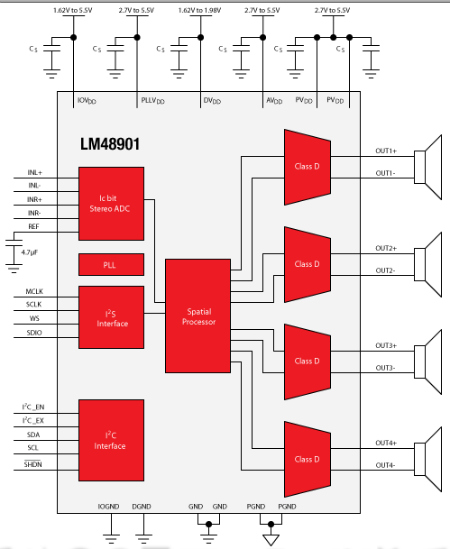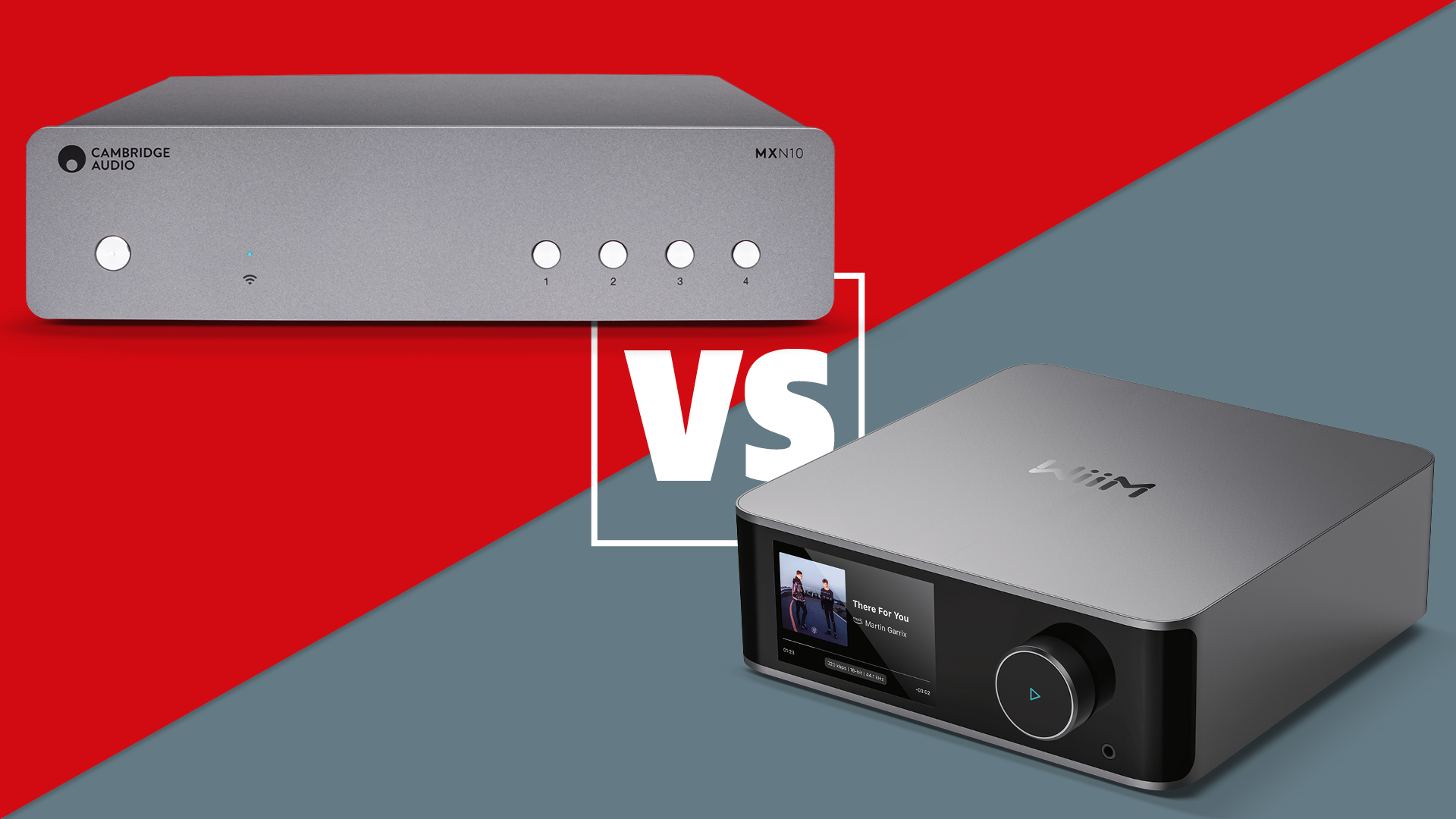CES 2012: Texas Instruments Spatial Array chip promises better TV sound
New TI processor and software should allow anything from portable speakers to tablets to TVs to deliver bigger sound from small speakers

Texas Instruments (TI) has introduced a chipset designed to deliver a higher-quality, more immersive audio experience from space-constrained products.
From tablets and portable speakers, right up to the new generation of ultra-slim flatscreen TVs, the Spatial Array chipset can be scaled to offer 2-16 speakers, each using clever technology to sound much larger.
"Anywhere you can put speakers in a straight line, we can improve the sound," claims Erik Eklund, Audio Systems Engineer at TI.
The National LM48901 quad Class D spatial array - to give the chipset its natty full name - uses three clever technologies to effectively achieve its big sound/small space goal.
Firstly, beam-forming is used to beam the audio signal directly to your ears. Secondly, crosstalk-cancellation creates, in effect, a virtual headphone by steering left- and right-channel information to the relevant ears. (For multichannel or multiviewer content, this can be made less strictly directional, without losing correct placement of effects).
Finally, HRTF (head-related transfer function): a psychoacoustic effect that uses the way a person hears direction.
Eklund explains: "If we know what signal each ear's hearing, we can introduce differences between those signals and put sound where it was meant to be, and with the right delay".
Get the What Hi-Fi? Newsletter
The latest hi-fi, home cinema and tech news, reviews, buying advice and deals, direct to your inbox.
This should enable both better imaging with music and psuedo-surround sound steering for movies and gaming. Though as Eklund stresses: "We're not articifically introducing any effects - if a voice was designed to come from the centre, that's where it'll come from."

TI demonstrated a small, prototype speaker array attached to a tiny tablet computer (see above); both music and multichannel gaming content sounded more immersive and directional in the short listen we had.
The TI spatial array works with both analogue and digital inputs; here's a lovely technical diagram explaining more:

The chipsets are available now, with TI predicting products incorporating the technology will be on sale by next year's CES, if not sooner.
Eklund says manufacturer response has been enthuasiastic, especially as the chipset is designed to be easy to configure, with ultra-low power usage. "They like it, because it'll truly allow them to differentiate their products for audio" he says.
We'll keep you updated on any relevant product announcements; and look forward to testing those claims of improved sound, especially from flatscreen TVs.
